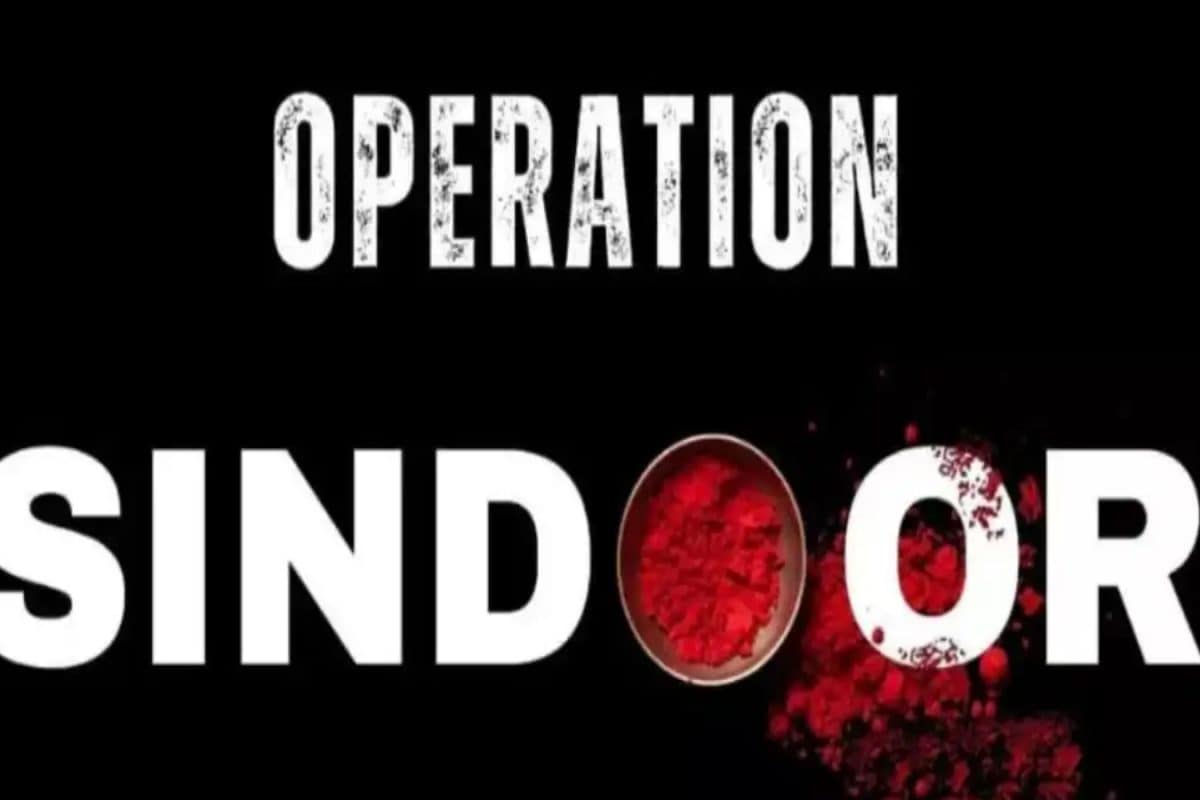

In the wake of India's Operation Sindoor in May 2025, Pakistan allegedly launched a coordinated disinformation campaign aimed at misleading the media, distorting the global narrative, and manipulating public perception. The operation, which involved precision strikes against terrorist camps within Pakistan, triggered a multi-faceted response that extended beyond the battlefield into the realm of information warfare.
Pakistani sources, including social media handles and political figures, reportedly engaged in spreading fake news and fabricating stories of military victories. These claims sought to create an illusion of a strong counter-response to Operation Sindoor. The Ministry of Information and Broadcasting (I&B) in India exposed these attempts, highlighting the use of old images to make misleading claims. For example, an image falsely claiming that the Pakistan Army had shot down an Indian Rafale jet near Bahawalpur was debunked as being from a MiG-21 crash in Moga, Punjab, in 2021.
Another instance of misinformation involved a video falsely alleging that the Indian Army raised a white flag and surrendered at Chora Post in Kashmir. This narrative was amplified by Pakistan's Minister Attaullah Tarar, who endorsed the claim without evidence. Such actions misled Pakistani citizens and contributed to the broader propaganda effort.
According to reports, Pakistan's Defense Minister Khawaja Asif also made unsubstantiated claims about capturing Indian soldiers during the strikes. These claims were quickly refuted, and Asif later retracted his statement.
The objective of this disinformation campaign was to flood the information space with falsehoods, making it difficult to distinguish fact from fiction. This calculated strategy aimed to distort reality, mislead the public, and manipulate perceptions across the region.
In addition to traditional methods, reports indicate that the Pakistani establishment misused Artificial Intelligence (AI) to create fake videos and spread disinformation. Brijesh Singh, Additional Director General of Police in Maharashtra, noted the use of content from video games in these campaigns. These AI-generated images and videos were used to create fake social media accounts, potentially trapping vulnerable individuals and securing vital information.
Amidst these claims and counterclaims, Pakistan's army chief, General Asim Munir, denied receiving external assistance during the conflict with India, dismissing such assertions as factually incorrect. This denial followed allegations that China provided active support to Pakistan during Operation Sindoor, using the conflict as a "live lab" to test weapon systems, with Turkey also supplying military equipment.
The conflict saw the use of BrahMos missiles by India, which reportedly caused panic in Islamabad. Rana Sanaullah, a top aide to Pakistan's Prime Minister, admitted on national television that Pakistan was terrified after India hit the Nur Khan Airbase. The uncertainty over whether it was a nuclear strike led to paralysis, exposing the limitations of Pakistan's nuclear strategy.
The Indian Army Deputy Chief, Lieutenant General Rahul R Singh, highlighted that India was dealing with multiple adversaries, including China and Turkey, during Operation Sindoor. He noted that Pakistan received real-time inputs from China regarding India's vectors.
Operation Sindoor has brought to light the critical role of information warfare in modern conflicts. Pakistan's alleged coordinated disinformation campaign underscores the importance of fact-checking and responsible journalism in countering false narratives and maintaining public trust.